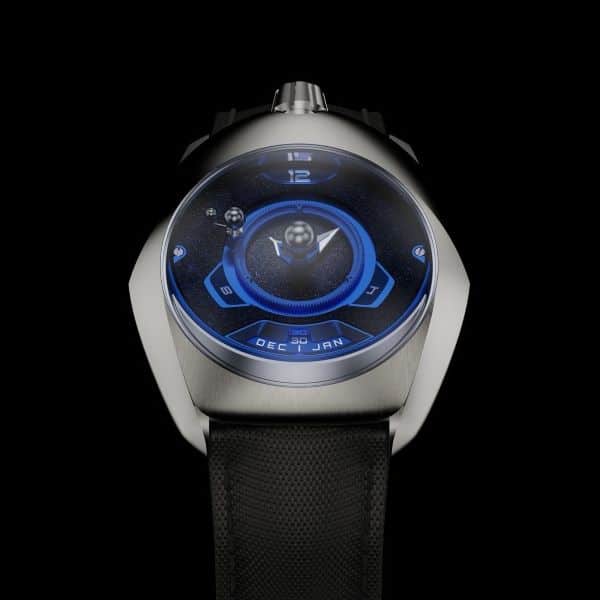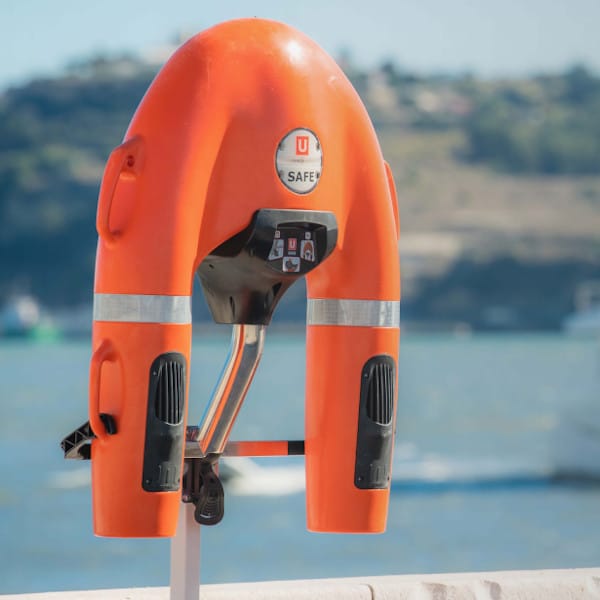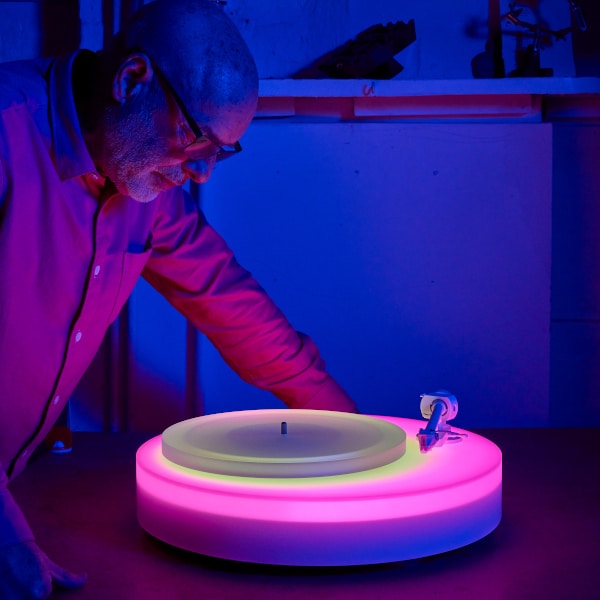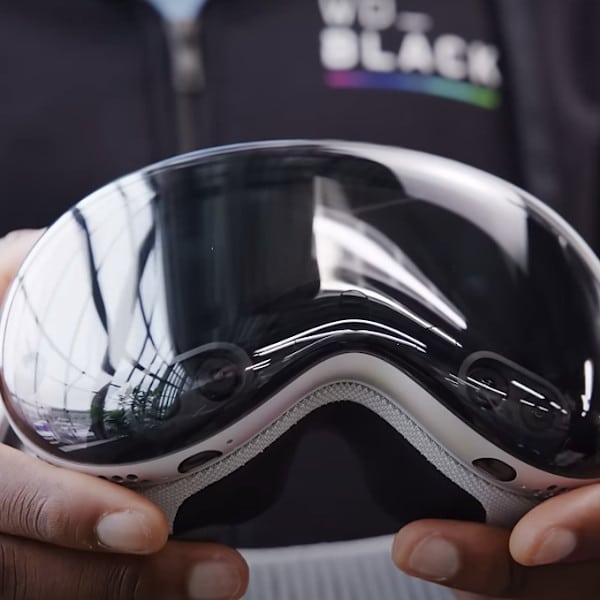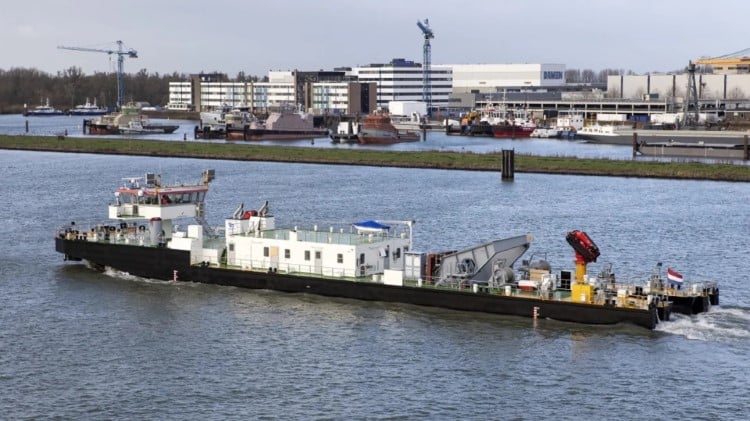
Photo: Damen Shipyard
If you are working on a ship and lose a piece of precious cargo or equipment at the bottom of the sea, it would appear that all is lost. But that is not always the case. A ship specifically built for this type of recovery actually exists, and it works in an ingenious way. In fact, one currently patrols Germany's Rhine River, helping recover important materials that would otherwise remain abandoned. Called a diving bell ship, it creates a safe chamber for workers to descend down and haul out anything needed without them ever having to get wet.
These ships work by having a shaft lower a chamber to the bottom of the sea. Once there, a compressor blows air inside the chamber, which empties out the water. At this point, the river bed is exposed, and the only thing left to do is send workers into the chamber to retrieve the items. However, due to the highly pressurized nature of the chamber, workers must first spend some time in a pressurized cabin to acclimate themselves. Then, once they are ready, they descend into the chamber through a stairwell in the shaft.
Afterward, it's just a matter of collecting the lost material or carrying out whatever work is required. Of course, if it's a heavy item like an anchor, that process is a bit more involved. Workers will strap heavier materials to a crank that will assist them in pulling the item to the surface.
Currently, there are just two diving bell ships working in Europe, and they both patrol the Rhine. Due to the nature of the river and its rapid currents, regular diving excursions are dangerous. That's why Damen Shipyards uses the Carl Straat, which has been in operation since 1963, and its 2021 replacement, Archimedes, when carrying out work on the river floor.
Both ships can work at depths of up to 10 meters (nearly 33 feet), though most work is done at four to seven meters (13 to 23 feet). They are kept busy carrying out a wide variety of activities, which include maintenance, lock and buoy inspection, cargo retrieval, bottom sampling, and even removing unexploded ordnance from World War II.
And while this concept seems futuristic, diving bells have been used for centuries. In fact, the first modern diving bell was used by Guglielmo de Lorena in 1535 to explore the remains of Caligula's barges in Italy's Lake Nemi. These diving bell ships just take the technology and use it on a larger scale. To learn more about how they work, check out the short documentary below.
Diving bell ships roam Germany's Rhine River and allow workers to go underwater without getting wet.
Related Articles:
Nigerian Man Survives Three Days Underwater After Boat Capsizes
19th-Century Shipwreck Found “Frozen in Time” at the Bottom of Lake Huron
Explorers Have Discovered the World’s Deepest Shipwreck 22,621 Feet Under the Sea
Centuries-Old Ship in Perfect Condition Is Found at the Bottom of Norway’s Largest Lake











































































